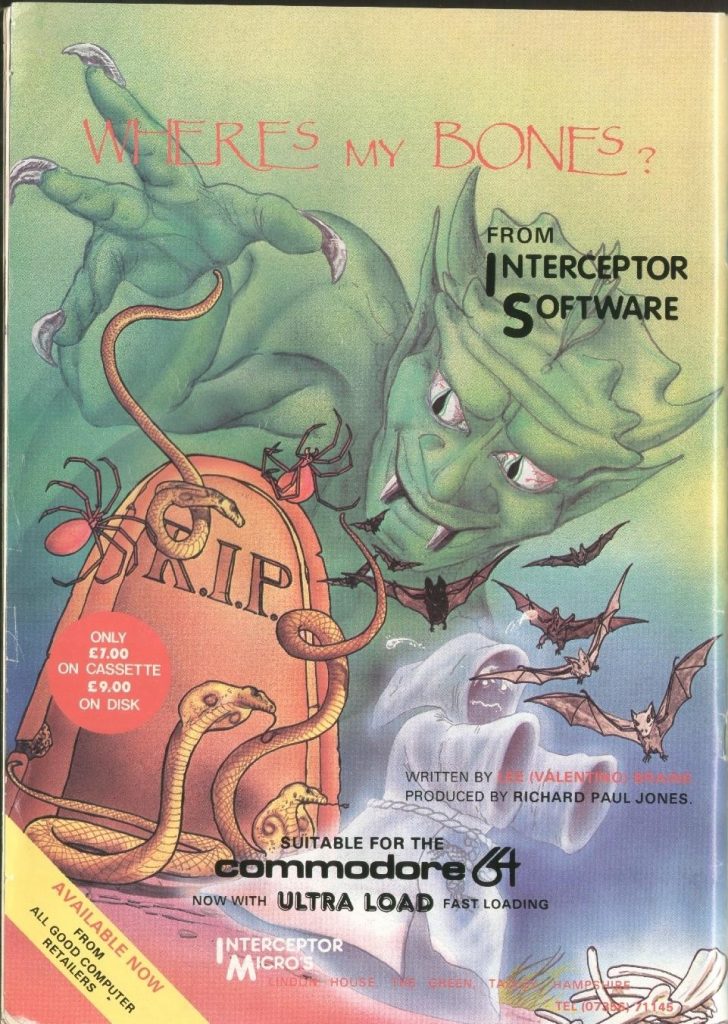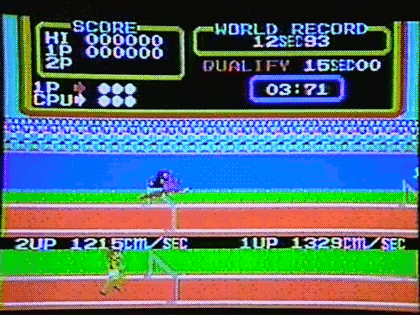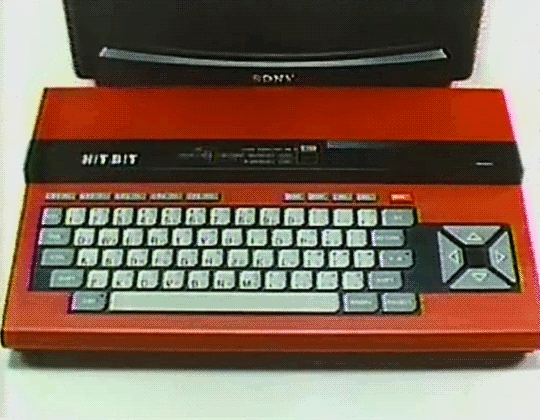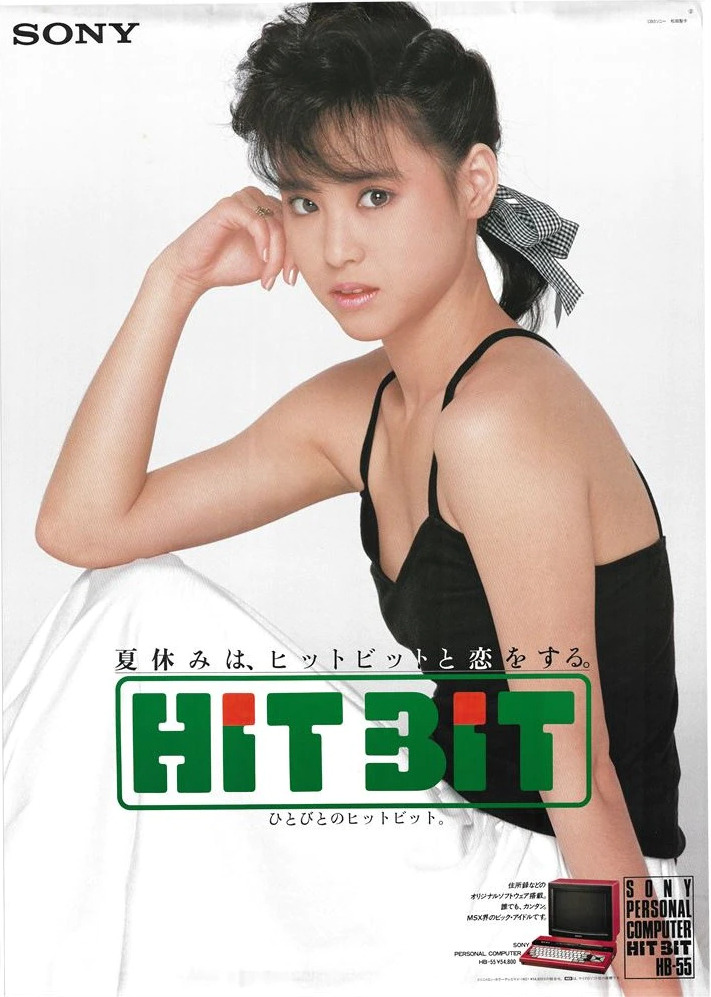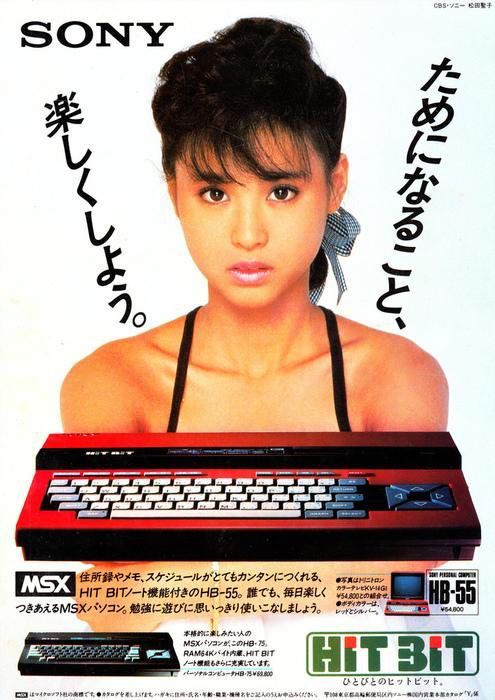Source: Your Computer – March 1984
Your computer is a magazine that was published in the U.K. that covered the popular computers there during the early to mid 1980s. Game coverage was pretty heavy though it was not exclusively a game magazine. The March 1984 issue includes:
- Editorial and Your Letters -Letters from readers about the Lynx computer, the Dragon and saving machine language files, using the MicroDrive with the Spectrum, auto starting programs on the Spectrum, and more. Plus and editorial about the MSX.
- News – Apple introduces the Macintosh; Romox introduces reprogrammable cartridges; an add-on that allows the Spectrum to output sound through the TV; Commodore introduces the 264; and more.
- First Bytes – 32-bit computers vs. 16-bit computers and a look at the Sinclair QL; comparing printers for the Spectrum; and more.
- Computer Club – A vision of computers in education.
- Software Shortlist – Reviews of various games including Scuba Dive (Spectrum), Revenge of the Mutant Camels (Commodore 64), Oblivion (BBC B), Defender (VIC-20), Centipede (VIC-20), Dancing Feats (Commodore 64), Air Strike II (Atari 400/800), Astro Fighters (VIC-20), Zalaga (BBC B), and Lost In Space (Oric-1).
- Quest Corner – A look at new adventure games including Snowball (Atari, Commodore 64), Streets of London (Commodore 64), and Mad Martha II (Spectrum).
- Atmos – A look at the Oric Atmos, a new computer featuring a 6502A CPU @ 1 MHz, 48K RAM, 16K ROM (including BASIC), and more. This was basically an upgrade to the Oric-1.
- MSX Invaders – A look at several new MSX computers including he Spectravideo SV-318, Spectravideo SV-328, Mitsubishi ML-8000, Toshiba Pasopia IQ HX-10, National CF-2000, and Yamaha YIS-503.
- Spectrum Software – A look at some of the best and worst Spectrum software available.
- Commodore Zagorsk – An adventure game writing tutorial and type-in adventure game for the Commodore 64 called Treasures of Zagorsk.
- VIC Millipods – A type-in Millipede clone for the VIC-20.
- ZX Pac-81 Man – A type-in variation of Pac-Man for the ZX-81.
- Sinclair Clean-Up – How to keep your ZX Printer clean and in good working condition.
- MTX-500 Start-Up – An introduction to the Memotech MTX-500 computer.
- VIC CESIL – An introduction to low level programming on the VIC-20.
- Oric Ape – A type-in program for the Oric called Krazy Ape that looks a lot like Donkey Kong.
- BBC Sprite Graphics – A type-in sprite creator and animator for the BBC.
- Dragon Graphics – Creating hi-res color graphics on the Dragon. Includes programming examples.
- Spectrum Graphics – Creating graphics on the Spectrum.
- Compander – A type-in text compression routine for the ZX-81.
- Heartstop – A look at artificial intelligence and how it works. ChatGPT may be new but computers and AI go way back.
- Review – A look at the supposed chip an computer shortage. Plus a look at some of the best selling and newest PCs including the Spectrum, IBM PCjr, Sinclair QL, and more.
- ZX-81 Prograid – A type-in program for adding nine new functions to your ZX-81.
- CBM-64 Asteroid Lander – A type-in game for the Commodore 64 that looks a bit like Lunar Lander.
- Spectrum Cosmazoigs – An Asteroids-like type-in game for the Spectrum.
- Cosmic Clash – A type-in game for the BBC that is reminiscent of Star Raiders.
- Atari Maze Miner – A type-in maze game for Atari 8-bit computers in which you have to disarm mines.
- Response Frame – Answers to reader questions about converting a type-in game to work with a joystick; the best CPU; upgrading Spectrum RAM; and more.
- Software File – Short programs submitted by readers.

…and more!




